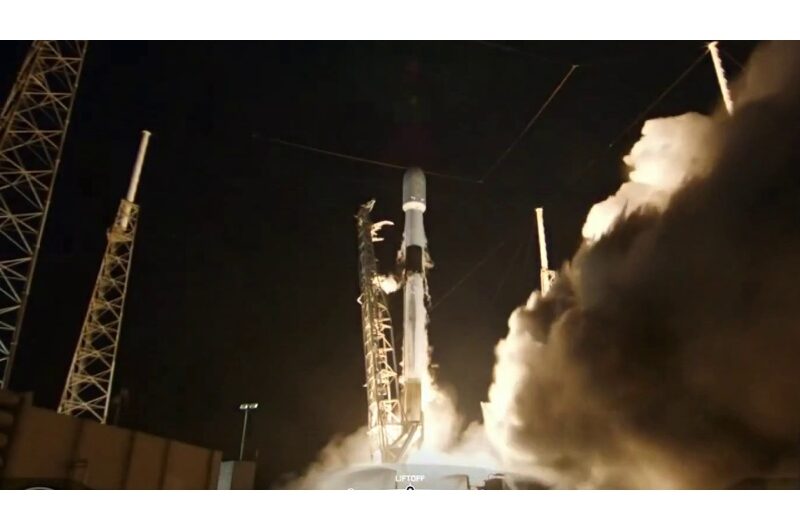In order to study the Sun’s scorching corona, one of the more challenging aspects of its anatomy to examine, the European Space Agency (ESA) is getting ready to engineer its own solar eclipses. The plan is to use two different satellites, 150 meters apart, to achieve this goal. One satellite, dubbed the “occulter,” will prevent all light from reaching the other satellite, which will use a coronagraph device to observe it.
Using radio-based satellite interlinks, cameras, a reflected laser beam, and satellite navigation, the two mission-specific ships must fly “in precise formation down to millimeter accuracy.” It will be a “very technical” task to make the two to “act as if they are one enormous 150-m long instrument,” according to ESA Technology Director Dietmar Pilz in a statement. According to the ESA, each of the craft’s 19-hour, 36-minute orbits is intended to yield six hours of eclipse observations.
The Sun’s influence on the weather in our solar system is one of the reasons scientists are so keen to investigate its corona. In addition to contributing to solar wind and being oddly hotter than the Sun’s surface, it also has the ability to cause widespread electrical outages and auroras on Earth. Just think back to all the headlines you’ve seen predicting a solar storm-induced internet apocalypse. Measuring the Sun’s total energy output is one of the project’s objectives, according to the ESA, in order to improve climate models. The mission is called Proba-3.
Although there are coronagraphs both on Earth and in space, the ESA claims that their capabilities are restricted due to the light’s propensity to diffract or spill over the border of the disk that blocks light. It is not practicable to create the occluding disk into a single spacecraft, although moving it farther away helps. According to the ESA’s statement, NASA tried a similar maneuver in 1975 when it used an Apollo capsule to obscure the Sun for a Soviet Soyuz spacecraft.
September is when the agency plans to launch the Proba-3 mission. Its release coincides with preparations across most of the United States for the ultimate occulter, the Moon, to transit the Sun on April 8th, creating a total eclipse that will swing from South Texas to Maine.
Topics #Europe's Space Agency











